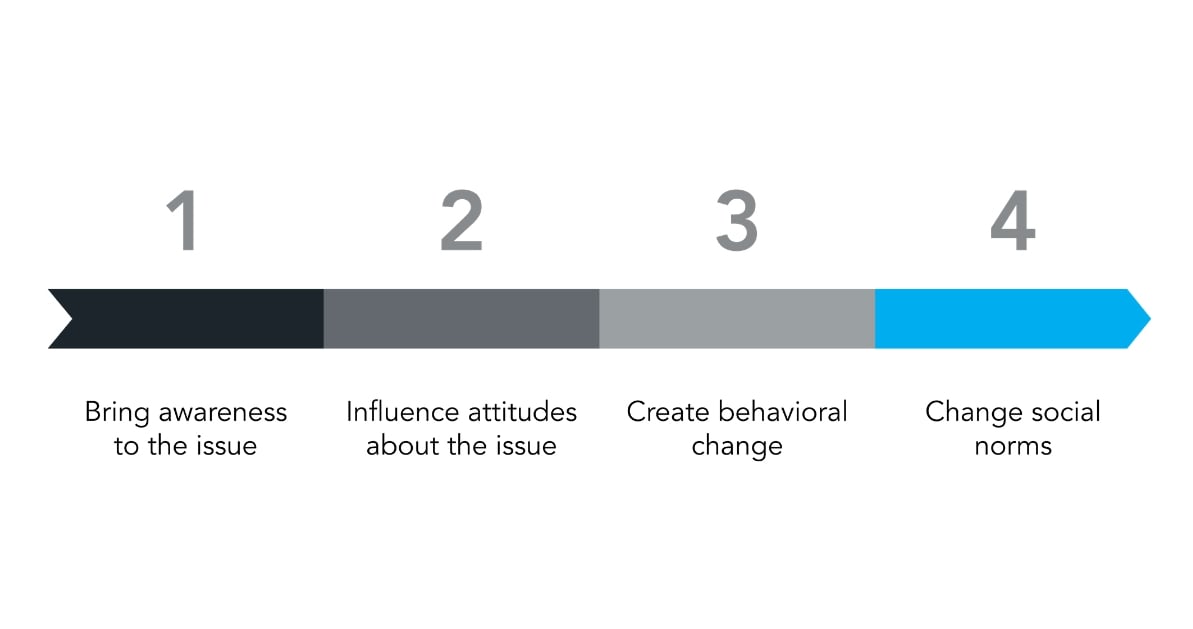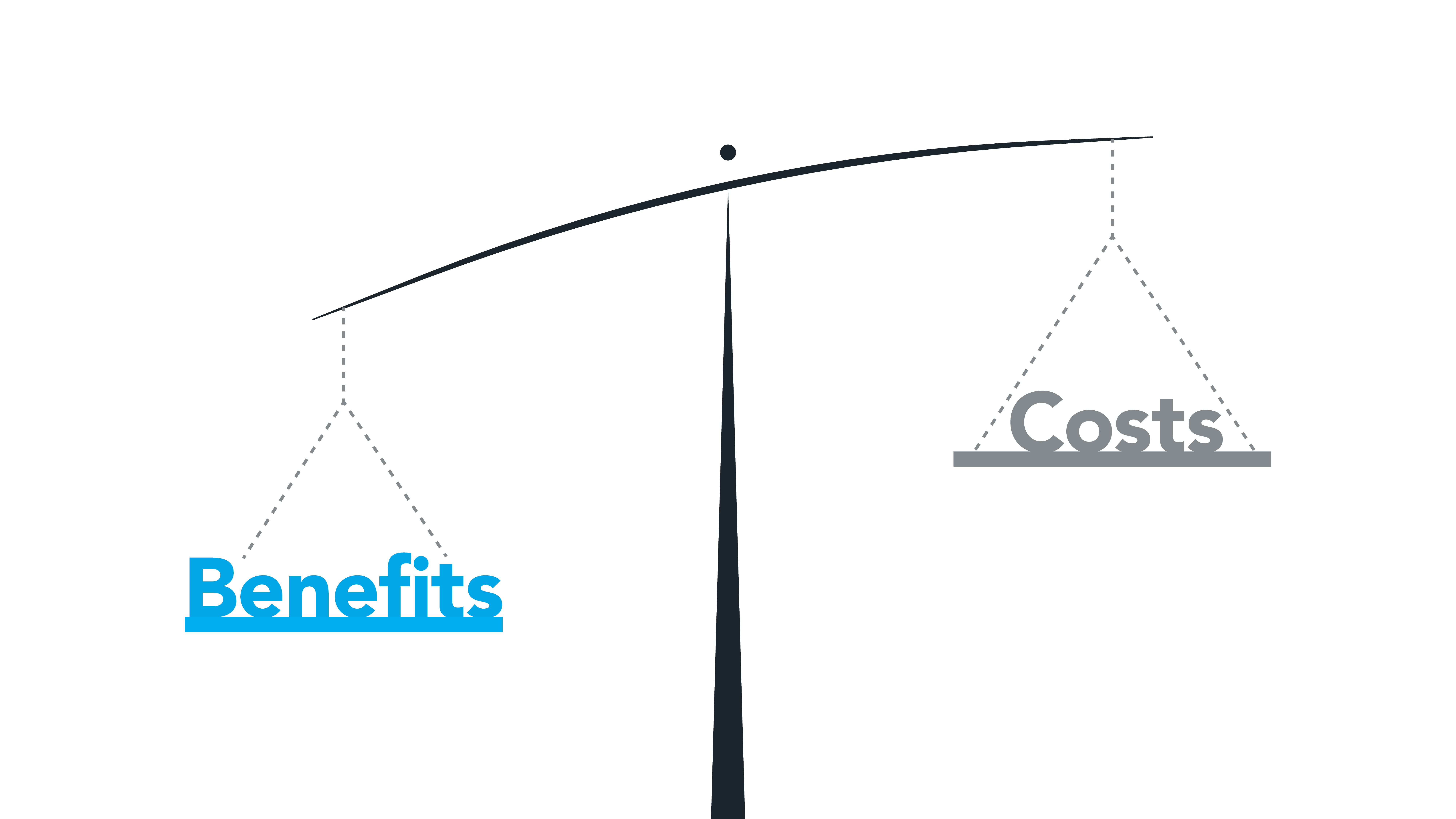
Understanding the Basic Principles of Behavior Change Marketing
Every day, you make thousands of choices. What to wear, what to eat, how fast to drive, where to spend your free time. Imagine a friend evaluating your choices and constantly reminding you of the better choice – the healthier choice, the safer choice. Working on behavior change marketing campaigns is like that – a conscience for the audience nudging them in the right direction.
Behavior change marketing is hard. Think of all the messages this conscience could be telling you. Save the environment by taking shorter showers! Be healthier by eating more fruits and vegetables! Change your community by voting! Don’t forget to check the organ donation box! Think about all you give up to potentially follow these behaviors. Things you are addicted to, behaviors and activities that make life easy and fun.
Behavior change marketing is not new. Social marketing was defined in the early 1970s by Philip Kotler and Gerald Zaltman. Behavior change efforts have been around well before that – think about the work people did to influence women’s right to vote or encourage women to join the work force during times of war.
At VI, we use the steps of social marketing to influence social norm change. We analyze our audience to know where they are in the process and create messaging to move them to the change we seek. The first step is to create awareness of the issue, giving people a reason to care and ultimately change their behavior. After they are aware of the issue, we seek to change their knowledge, attitudes and beliefs on the issue – hopefully moving them to actually start changing their behavior. This step can be done in many different ways, depending on the change we seek. Once we’ve created a movement with our audience, society’s social norms begin to change.
Steps of Social Marketing 
While working on behavior change campaigns, one must consider the Exchange Theory – the cost benefit analysis of what we are asking our audience to do and whether or not the benefits of their actions outweigh the costs of what they have to give up. An easy example is a smoker – the benefits of quitting could be more money in your wallet, more time with your family and better health. But, we must balance those benefits against the cost of giving up the behavior. Many smokers consider the addiction their friend – it alleviates stress, makes them feel better and promotes camaraderie among their peers. We must message and convince the audience that the benefits of the change will outweigh the cost of our ask, and that isn’t always easy.

We also must segment our audience properly so that we find the right target within the Stages of Change Theory, developed by Prochaska and DiClemente over 40 years ago. We discuss low-hanging fruit often in marketing planning. This is the sweet spot of your audience who are closest to changing their behavior. According to this theory, this group is in Preparation or Determination. They plan to make a change in the next 6 months. Now is our time to start our messaging for the actual behavior change. If we’ve followed the steps of behavior change, they are aware of the issue, educated enough to influence their attitude about it, and now ready to change their behavior. It would be a waste of time to reach people in a stage like Pre-contemplation, as they are potentially never going to change their ways. With tight marketing budgets, audience segmentation is key.
Transtheoretical Stages of Change Model
View source
We also have to consider that even though behavior change is for the good of someone, there is still competition for that change. Competition can be the benefits they receive from the current behavior or the wide-array of barriers to even changing what they do.
The last thing to keep in mind is that any behavior change we are “selling” is voluntary. Remember all those choices you get to make every day? Well, YOU are the one making them, and there are a lot of marketers telling you what to do. The fun part of our job is making sure we get in front of people at the right time, in the right place and make that nudge significant and simple enough to start the process of a behavior change.
Now, go eat a carrot or something!








